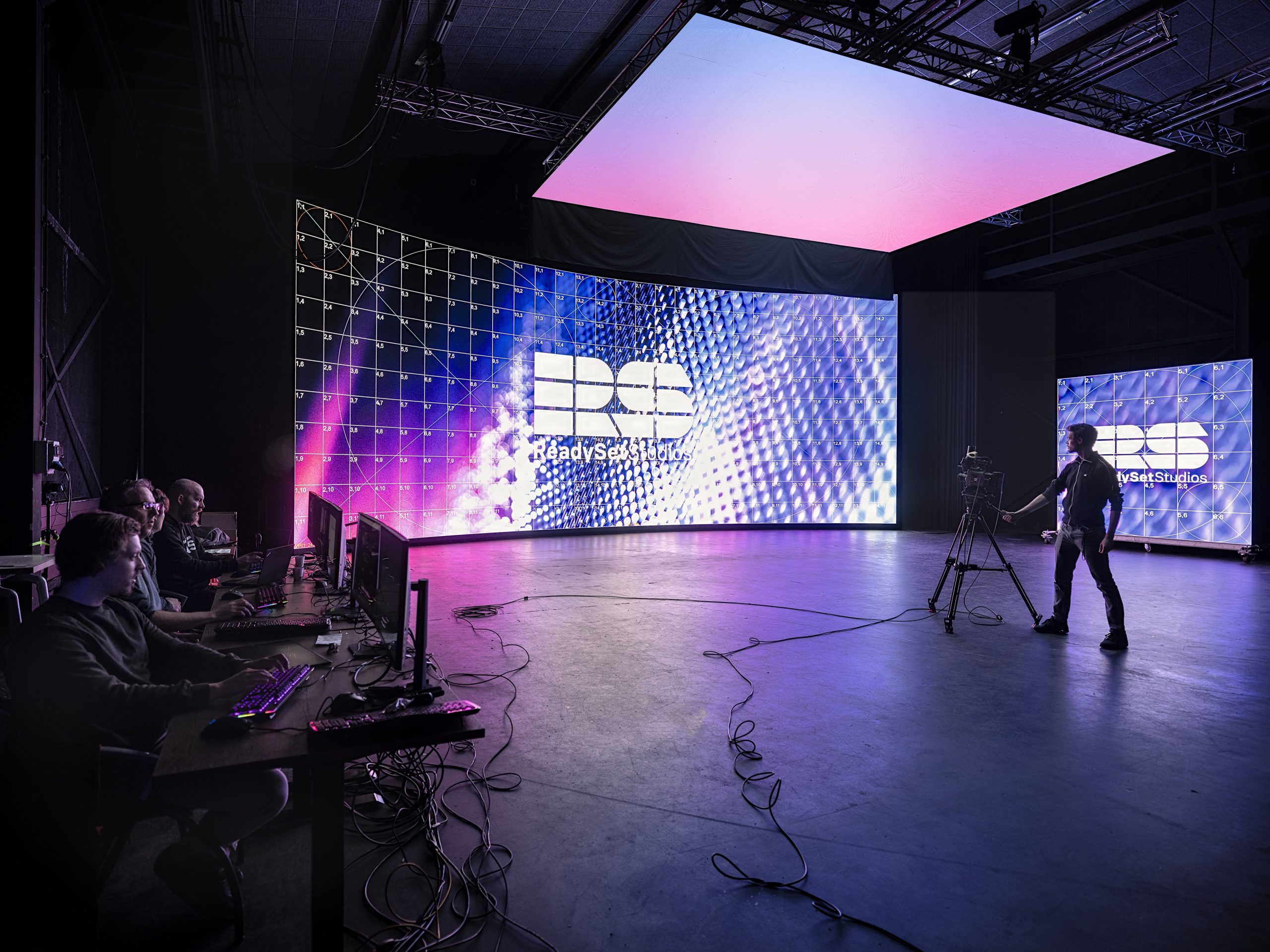Investigating the Durability of LED Display Panels in Comparison to Traditional Display Methods
Investigating the Durability of LED Display Panels in Comparison to Traditional Display Methods
Blog Article
LED panel panels have grown increasingly popular in current times, especially in settings like schools, businesses, and community areas. These screens use light-emitting diodes (LEDs) to produce vivid and lively images. One of the most notable benefits of LED innovation is its durability compared to traditional screen methods, such as cathode tube tubes (CRTs) and liquid crystal screens. Grasping the differences in lifespan and performance between these technologies can assist buyers make knowledgeable choices about their display needs.
Traditional screen technologies, like CRTs, have been present for many years. They were frequently used in televisions and PC screens. However, CRTs have a shorter duration, typically lasting approximately 10,000 to 20,000 hrs of use. This means that after a couple years, users may notice a deterioration in picture quality, such as fading or color deformation. In comparison, LED wall panels can last considerably longer, frequently exceeding 50,000 hours. This prolonged duration means that users can experience reliable performance without the need for regular replacements.
Another important factor to consider is power efficiency. LED panel screens consume less power than conventional displays, which not only helps the ecosystem but also lowers electricity expenses. For instance, while a CRT monitor may use approximately go to this site 100 W of power, an LED screen can use as little as 30 to 50 W. This difference in energy usage adds to the overall longevity of LED innovation, as reduced power usage generates minimal heat. Excess thermal energy can harm electronic components, resulting to a reduced lifespan for traditional screens.
In furthermore to their longer duration and power conservation, LED panel panels also offer enhanced image quality. They offer more vivid colors and better differentiation, making them perfect for various applications, from marketing to educational displays. The technology behind LED panels enables for a broader sight angle, meaning that images remain sharp and lively even when viewed from the side. This is a significant benefit over conventional screens, which often experience from color distortion and diminished brightness at broader angles.
In conclusion, the durability of LED panel panels compared to traditional screen methods is a key factor for consumers to consider. With lifespans that can surpass 50,000 hrs, power conservation, and superior image quality, LED technology provides many advantages. As innovation continues to progress, LED wall panels are likely to become even more common in multiple environments. Understanding these distinctions can help individuals and organizations make better decisions when purchasing in screen innovation, ensuring they receive the best worth for their needs.